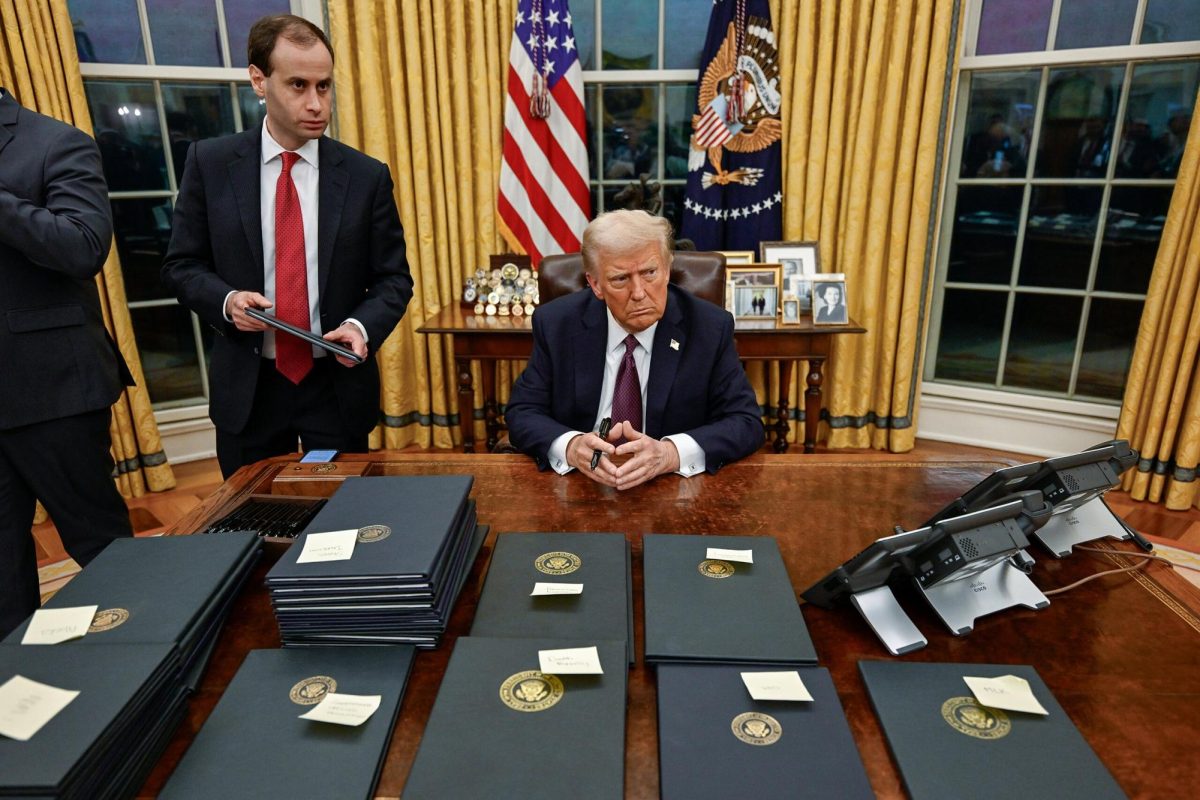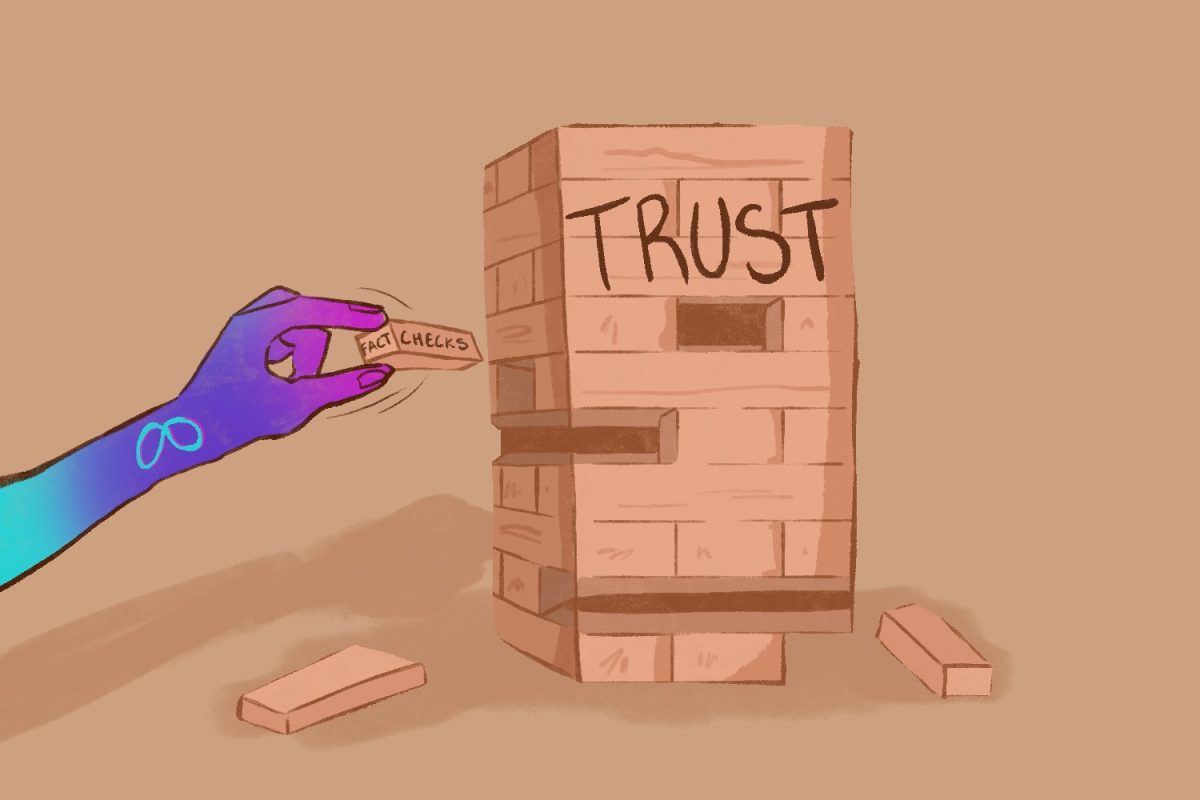In the age where social media has become an integral part of everyday life, it becomes ever more important to safeguard young users. Instagram has started rolling out its new teen policy, and it shouldn’t be the only one.
Up until now, the only measure they had in place was an age restriction on anyone under 13, which was often easily bypassed by someone lying about their birthdate. Now, Instagram is not only enforcing that rule by requiring photo identification and submitting a video selfie, but also defaulting to private accounts, limiting messaging to people they mutually follow, blocking them from seeing sensitive content, and no longer pushing their posts and reels to explore. Teens under 16 would need their parents’ permission to lessen these controls, and their new supervision feature also allows parents to get insights about their teen’s messaging and set time limits on Instagram.
These controls are long overdue. When they first join platforms, or even for years after, teens often do not fully understand the dangers of the Internet. Harmless posting can quickly turn not so harmless. Once something is shared on social media, it can be difficult, if not impossible, to erase it completely. A digital footprint can follow teens into adulthood — an uninformed post or comment could impact job prospects and reputation.
Even worse, the danger is not only from themselves. Predators can easily DM young girls or boys. Anyone can add anyone else on Snapchat. Content can and has been manipulated in disturbing ways such as using teen faces in AI-generated porn.
The American Psychological Association has issued a health advisory on social media for teens, linking it to a rising level of depression, anxiety, and suicide. Teens diagnosed with depression and anxiety rose from 5.4% to 8.4% from 2003 to 2012, which coincides with the rise of the internet.
This can stem from cyberbullying or feeling left out of group events. Rude comments on posts are normalized instead of frowned upon. Algorithms on for-you pages tailor their feeds to reflect an individual’s interaction with content, and although it makes for an engaging experience, it can also result in a narrow, self-reinforcing bubble where users are constantly exposed to extreme or explicit content.
It seems obvious that both corporations and parents should be doing their absolute best to combat these alarming statistics. Yet that isn’t the case. Although most social media platforms have age restrictions, they aren’t enforced in the slightest, lax enough to let 8, 9, 10-year-olds and younger into the online world.
Tech giants must recognize their role and responsibility for shaping the digital landscape for young users and take steps to protect them. Guidelines are not enough. Big social media corporations like Snapchat, Tiktok, Youtube, and Discord should follow Instagram’s example and set and enforce actual guidelines for teens.
*This editorial reflects the views of the Editorial Board and was written by Shiyo Ohashi. The Editorial Board voted 9 in agreement, 3 somewhat in agreement, and 3 refrained from voting.













